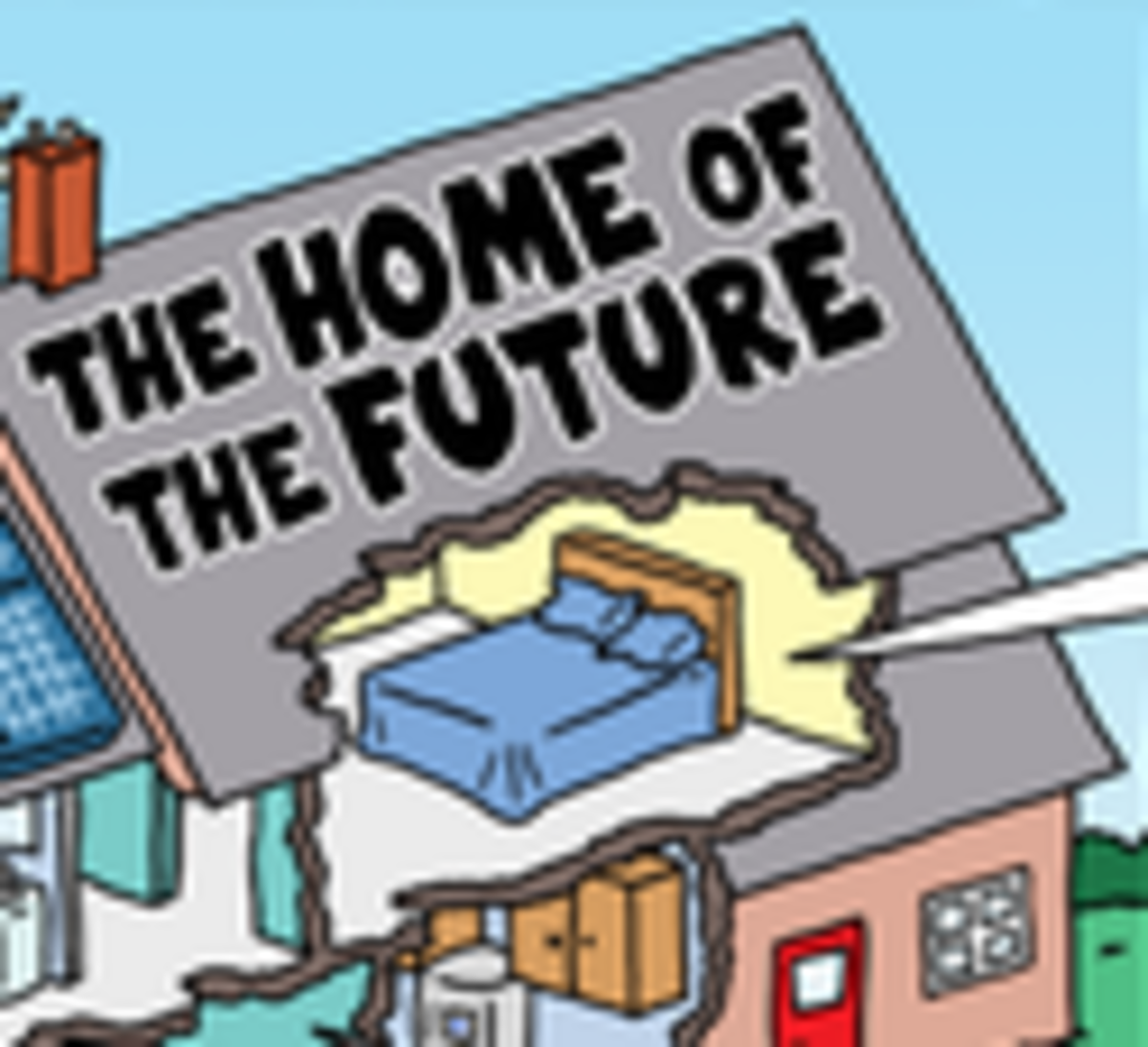Robots set to take over houses
February 22, 2014
A couple of generations ago, people were concerned with the idea of robots taking over the world. But instead of taking over the world, maybe robots will simply start taking over houses. This would allow people to control the temperature of a house with just a snap of their fingers or with a few simple words. It is true that technology is becoming more and more involved in the people’s daily lives. However, there will come a time when technology is taken a little too far.

Near the end of January, a cartoon was published in the New York Times about Google devising a “home of the future.” This is something Google is considering testing on some homes in the New York area. However, people are concerned that with many jobs being transported overseas, people will not be able to afford houses, let alone a technologically advanced house.
“Home design needs to incorporate more passive technology before using this kind of technology to make a more major impact,” said Ali Vasarella, an architect and interior designer. “Think deep overhangs and trees to shade windows, yet allow views and cross ventilation instead of air conditioning.”
With the cost of wiring for the technology, the prices of homes would skyrocket. Also, the construction of houses would be delayed by all the electrical setup that electricians have to do.
“The initial cost of the house might rise due to more equipment, but depending on what was integrated and how it was used, it might decrease the cost of the maintenance of the house over the life of the house,” said Vasarella. “ The initial cost would then be paid for. The maintenance costs might be decreased due to automated lighting, climate control and other similar mechanisms. Some systems will even open and close windows, allowing natural ventilation to cool a house, so it might not just control mechanical systems, but more passive systems also.”
The wiring can also affect the design of the interior of houses. Having walls and doorways placed in awkward positions can make spaces feel cramped and lend uneasy flow to a space. Furniture might have to be positioned at weird angles and strange places, causing the interior to become dysfunctional. However, this is the worse case scenario, and it will probably not affect the design so drastically in the long run.
“The technology that is currently being used and that are being represented on the comic strip would very minimally affect the design of the house and would not change how these items were used necessarily,” said Vasarella. “The only change would be a small closet to house the computers that run these things. Often these computers are just in a panel at the back of the closet so even the closet is not always necessary depending on the extent of integrated technology.”
A drawback to this “smart home” is the possibility of unauthorized individuals or organizations hacking into these systems.
“Negative effects might include more politics,” said Vasarella. “These systems are often monitored, meaning less privacy. It might also mean users would be more precisely targeted for advertising.”
So as it may seem that integrating technology might not be that bad. This could help improve the maintenance and efficiency of homes and houses. There are still a few years to go before it is even tested, but we can look forward to the combination of future homes and technology.








Quentin Ikuta • Mar 14, 2014 at 12:00 pm
Very interesting topic. Great job of using primary sources, along with secondary sources to give a really clear feeling of exactly what Robots taking over a house would mean. Good job presenting small arguments for and against the “home of the future”, it makes the reader feel like they are reading an objective, factual article that can be trusted. However, next time try to be more specific about these “robots”. Explain what the robots are, who is making them, how much they cost, etc. Great job with the article overall – a perfect example of how an objective, factual innovation article should be written and presented.